At first glance, you may think the traditional style to be boring and outdated. It is, after all, the style of the past that draws from local architectural conventions. However, traditional architecture can be quite interesting and vibrant. Also known as vernacular style, traditional design draws from the culture, history, and geography of the place where it is built. This is in sharp contrast to modern architecture which tends to be more generic and less culture-specific in its aesthetic (an office building in Hong Kong isn’t much different from one in New York).
Generally speaking, a traditional style structure is built with local materials and designed according to a traditional framework. Traditional style decor makes extensive use of natural colors and natural materials such as wood and clay. Because traditional architecture is specific to the region it is built in, it isn’t so much one simple style but a range of different aesthetics. A 16th century English timber-framed house is traditional architecture, as is a contemporary Kenyan clay house. Traditional architecture has a long and storied history and is responsible for some of the most beautiful buildings in the world.
Roots of Traditional Style
Because traditional architecture is such a broad concept, it doesn’t have one distinct history. Instead, it is the coming together of many different strands of history from different parts of the world. This is especially true in the United States, where current traditional style decor draws cues mainly from Western Europe, West Africa, and the Far East. San Francisco’s rowhouses are a great example of distinctly American traditional architecture, drawing cues from Victorian architecture but making use of unconventional colors like bright red, orange, and battleship grey.
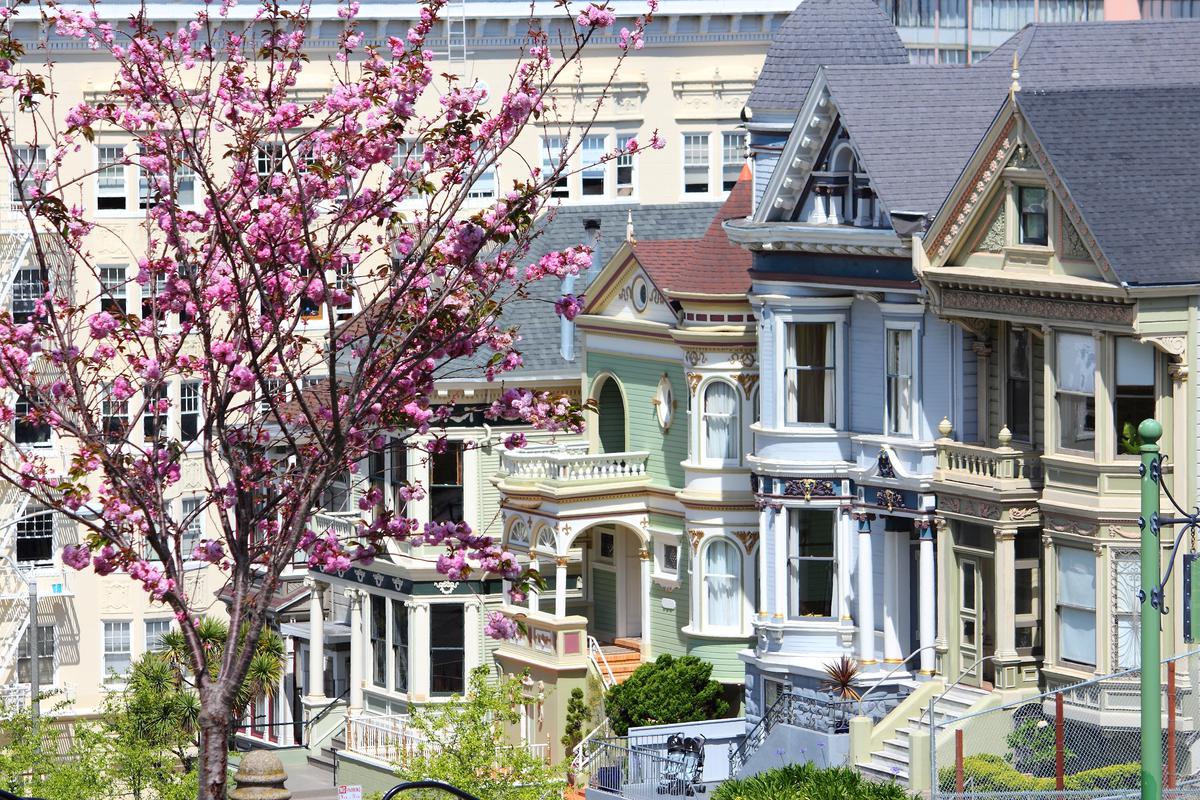
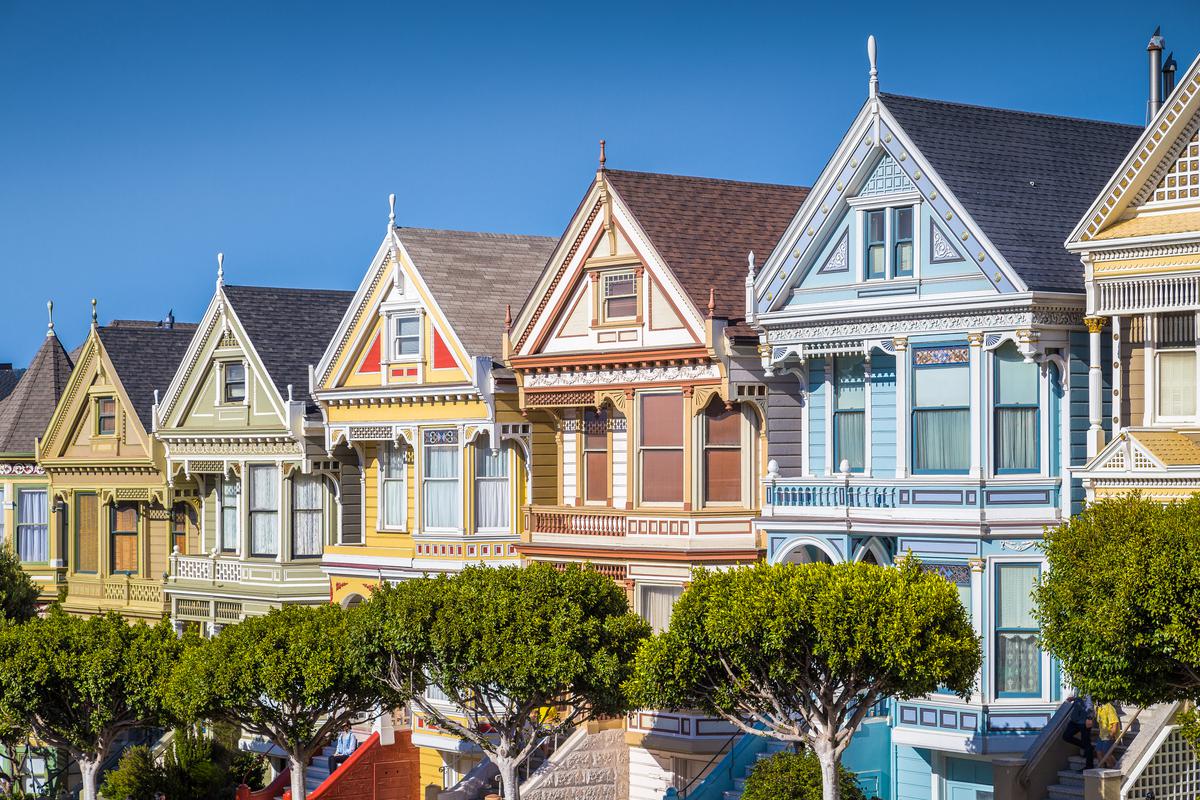
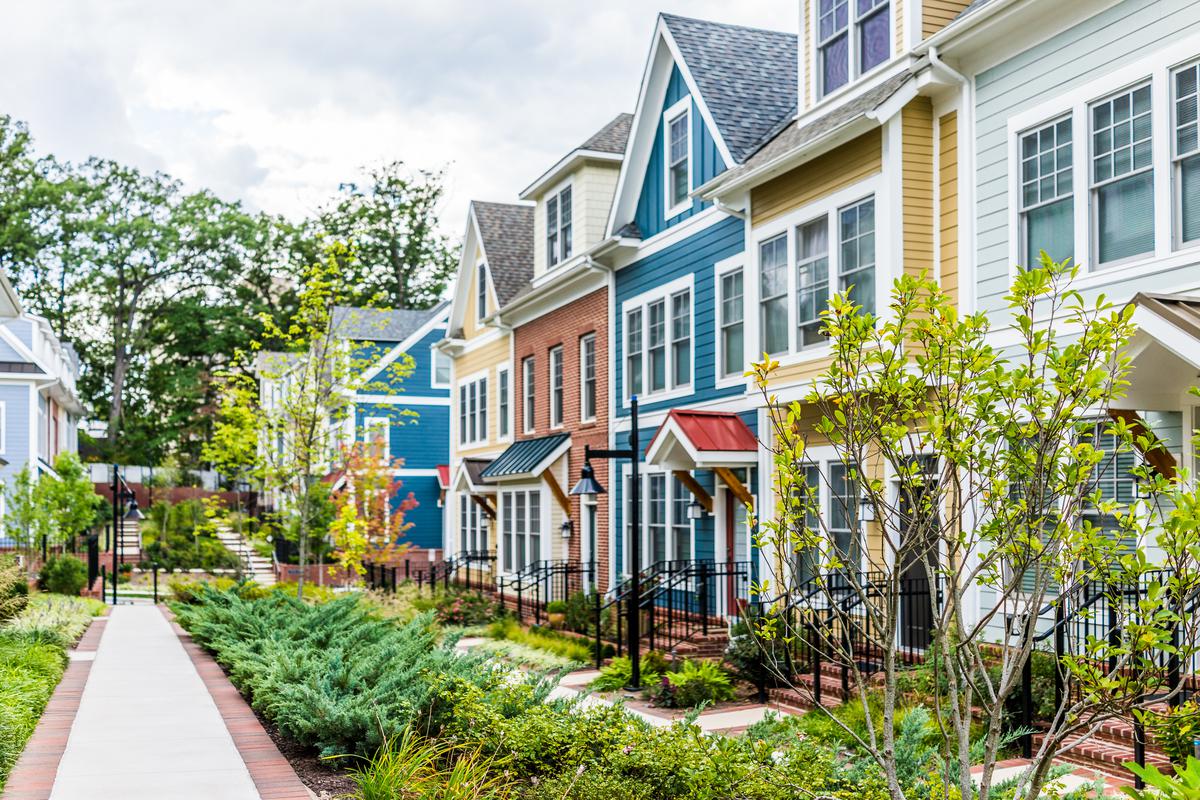

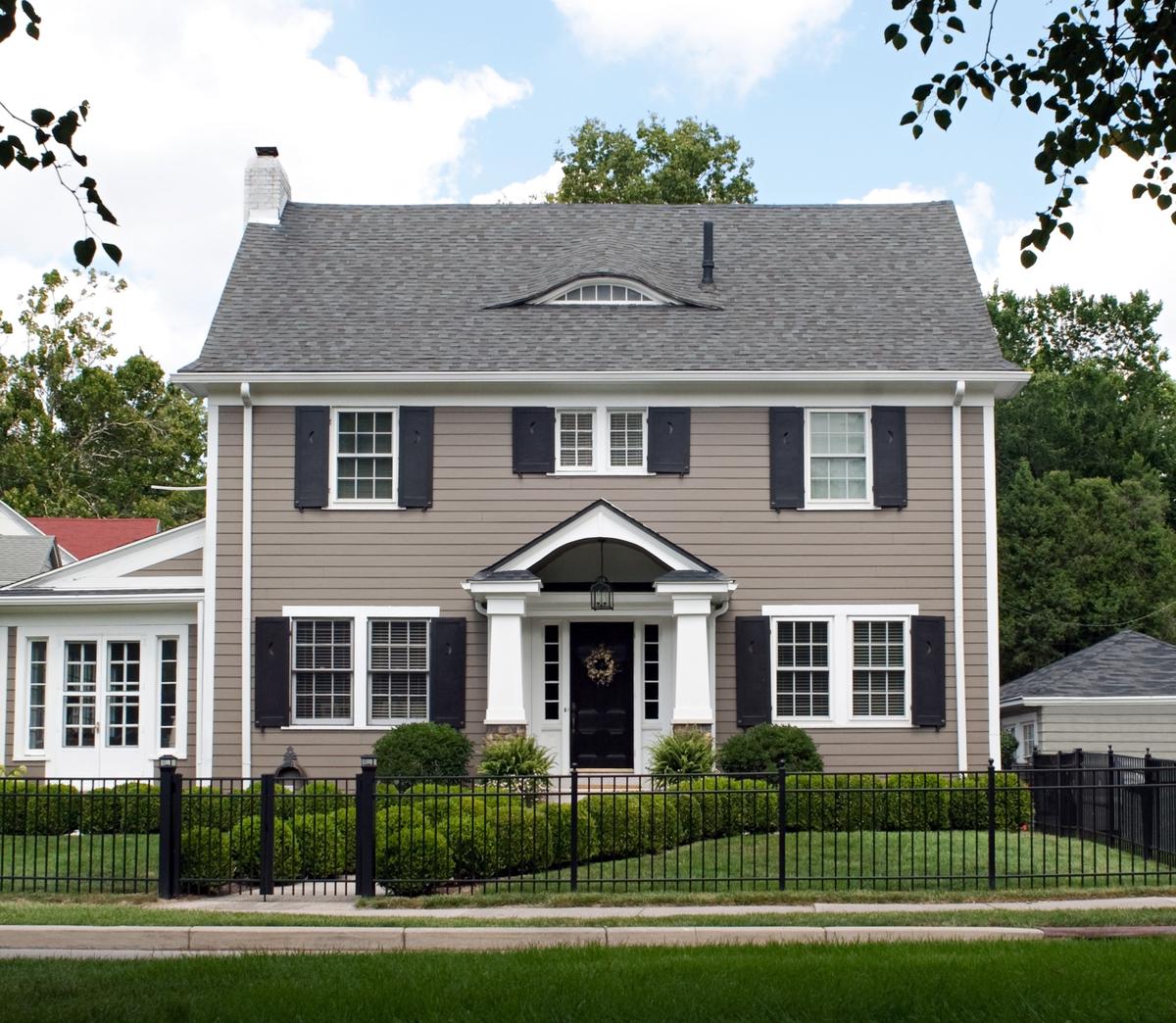
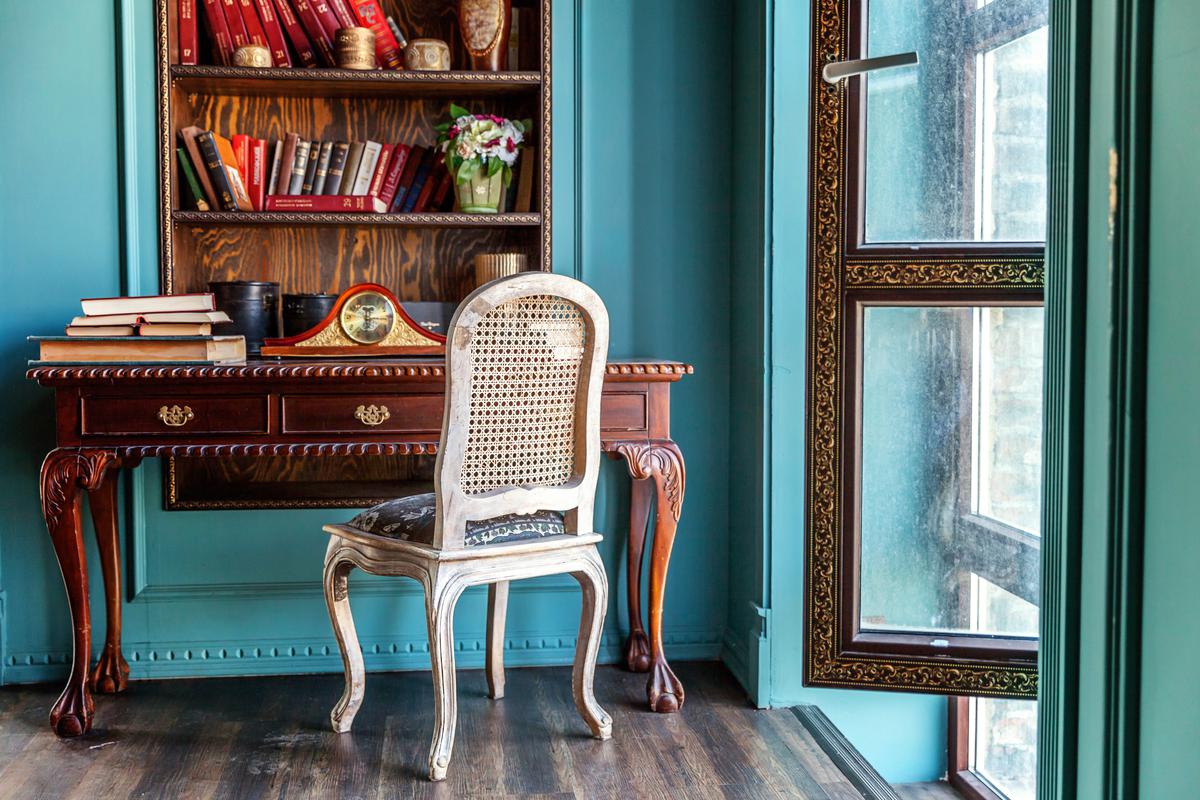
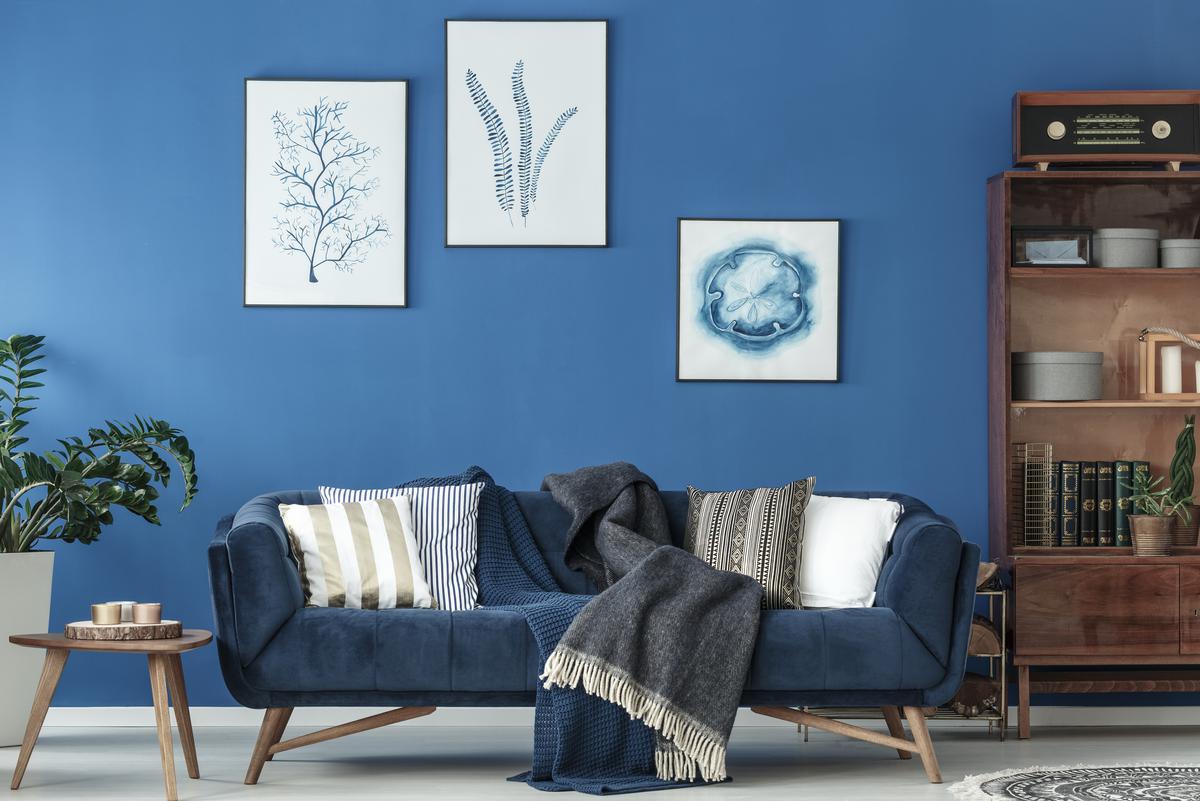
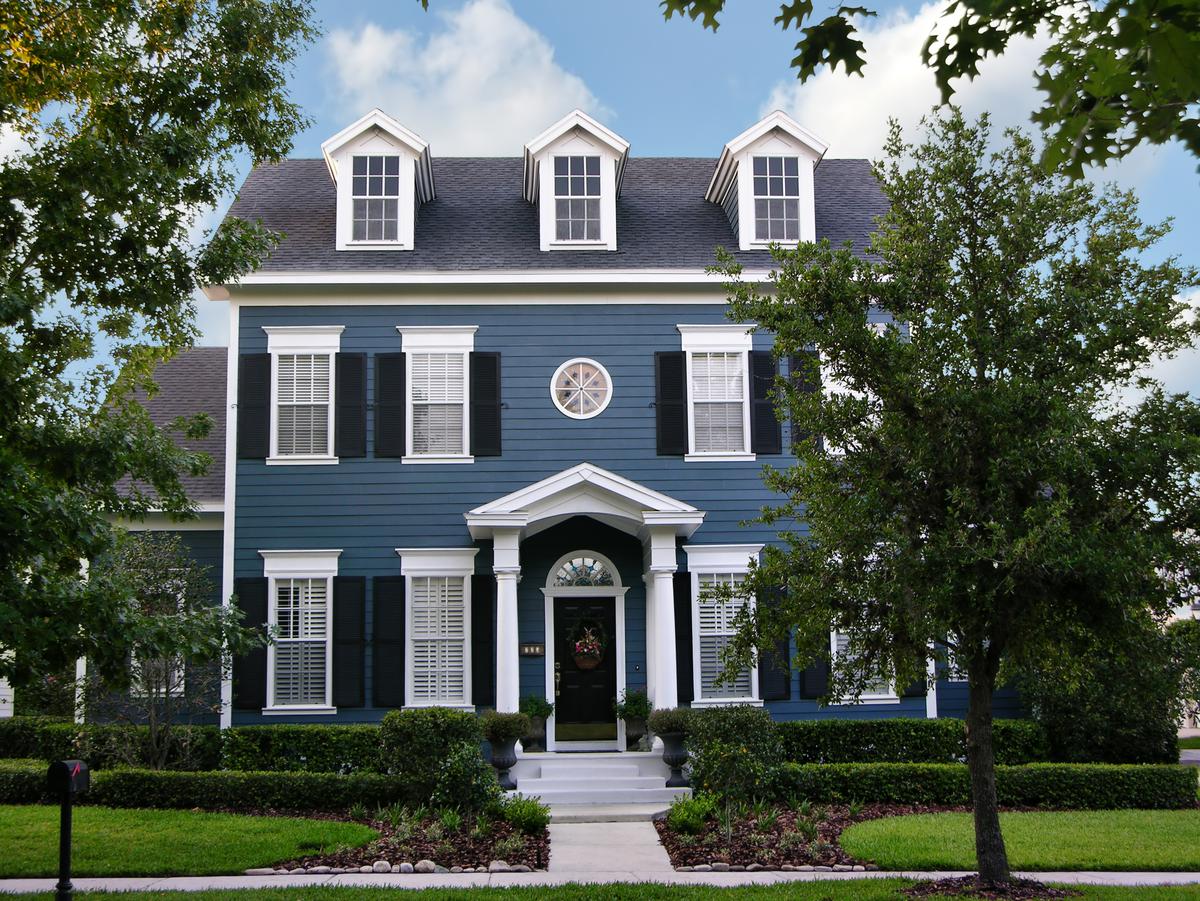
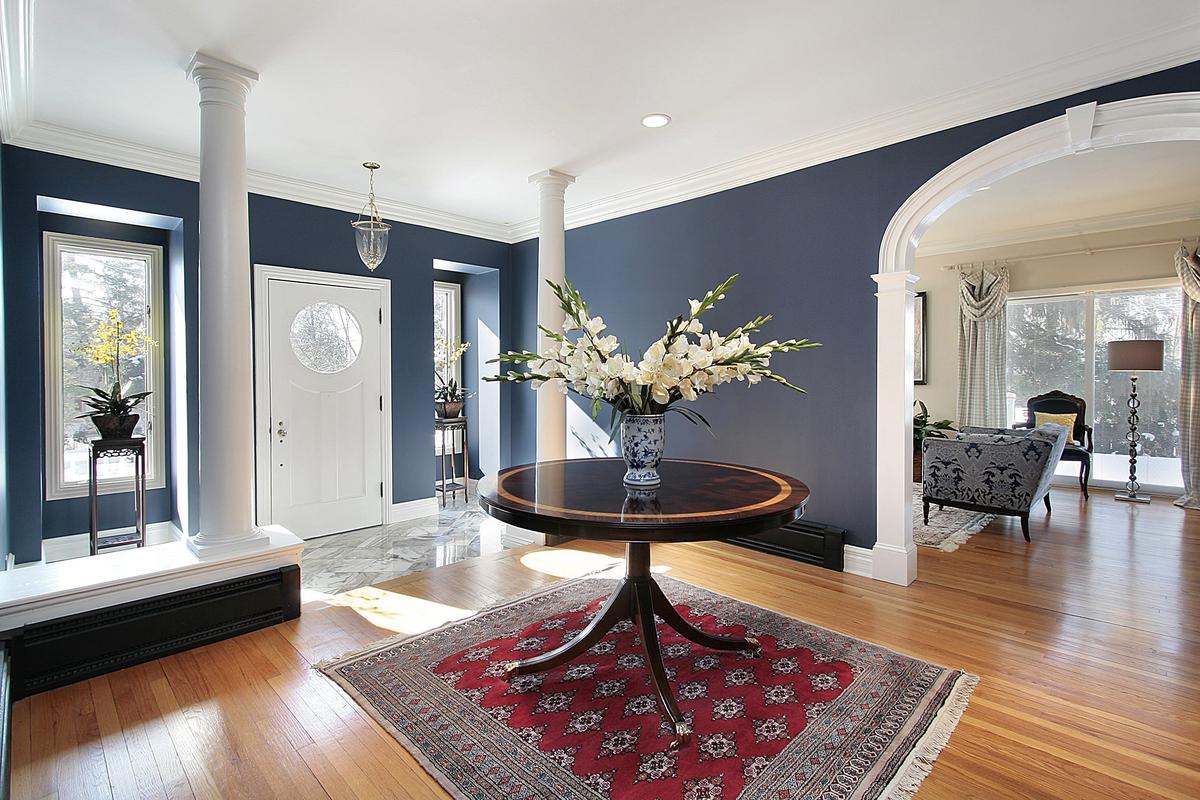
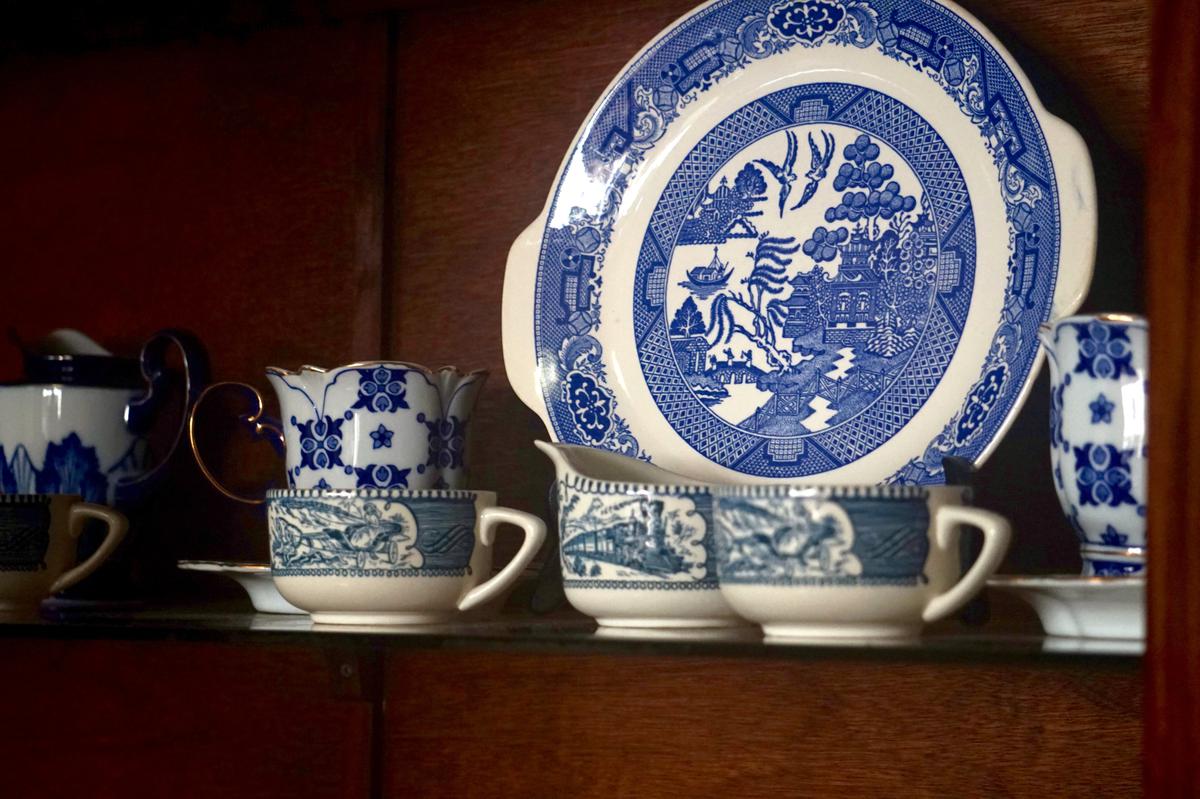

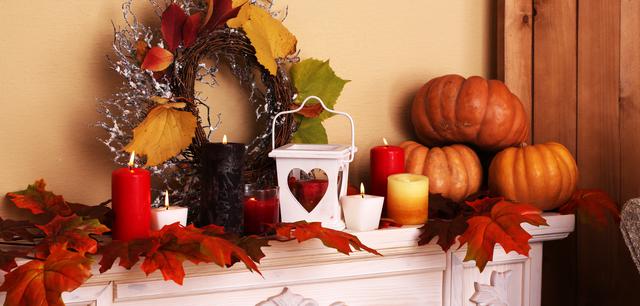


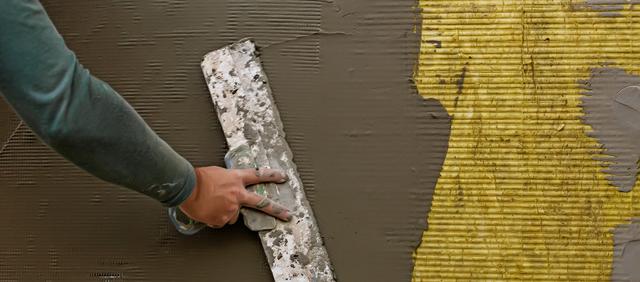
comments